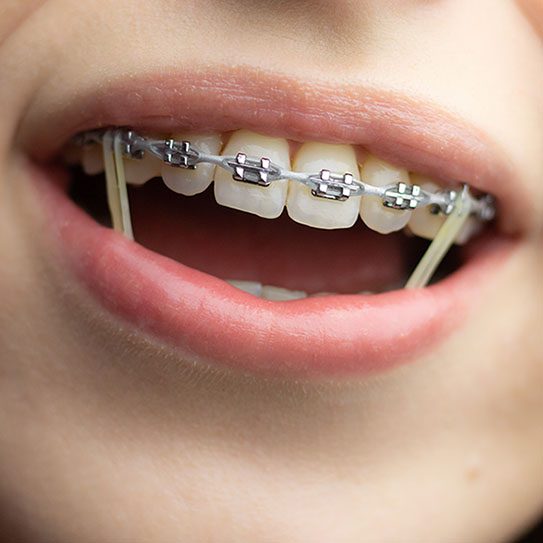WHEN YOU FIRST get braces, you may be surprised by all the different parts that make up your new smile-correcting appliance. Every piece of orthodontic hardware is carefully designed to move teeth into better alignment. Understanding what each part does can help you feel more confident and make it easier to care for your braces throughout treatment.
Brackets
Brackets are the small squares that are bonded directly to each tooth. They serve as anchors for the wires that move your teeth. Brackets can be made from metal, ceramic, or even clear materials for a more discreet look. Their main purpose is to hold the archwire in place and transfer the pressure needed to gradually shift teeth into their proper positions.
Archwires
The archwire runs through the brackets and acts as the guiding force behind your tooth movement. It applies consistent pressure that slowly repositions your teeth over time. Archwires are adjusted periodically during orthodontic visits to ensure your treatment stays on track. Think of the archwire as the “roadmap” that directs your teeth into alignment.
Bands
Bands are thin metal rings that fit around the back molars. They provide extra support for the archwire and are often used when stronger anchorage is needed. Not all patients require bands, but when they are used, they serve as sturdy anchors for other components like elastics or appliances.
Ligatures
Ligatures are the tiny rubber bands or wires that hold the archwire into the brackets. They may be clear, silver, or come in a variety of colors, which is why many patients enjoy choosing new colors at each adjustment appointment. Ligatures help keep everything in place while also giving braces their characteristic appearance.
Elastics
Elastics (or rubber bands) are often used to correct bite issues, such as overbites, underbites, or crossbites. They attach to small hooks on the brackets and create additional pressure to move the teeth and jaws into better alignment. Wearing elastics exactly as instructed is one of the most important parts of successful orthodontic treatment.
Springs and Other Attachments
In some cases, orthodontists use springs or special attachments to help move teeth more efficiently. Coil springs may be placed on the archwire to either push teeth apart or close gaps. Small attachments like buttons or hooks can also be bonded to teeth to provide connection points for elastics or other appliances.
Retainers After Braces
Once your braces are removed, retainers become the most important piece of orthodontic hardware. Retainers help keep your teeth in their new positions and prevent them from shifting back. Wearing your retainer as directed is the key to maintaining the beautiful results you worked hard to achieve.
Every Part Has a Purpose
Braces may look complex, but each piece of hardware has a specific role in creating a healthy, aligned smile. Brackets, wires, bands, and elastics all work together as a team to gently guide your teeth into place. By understanding your orthodontic hardware and following your orthodontist’s instructions, you can make your treatment more effective and keep your smile on the right path from start to finish.

